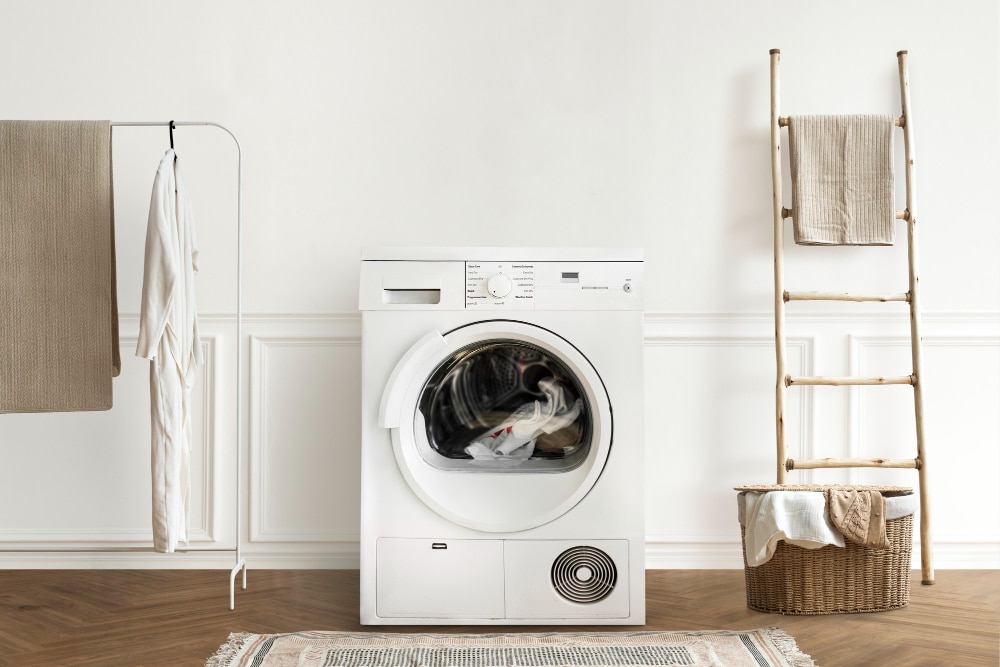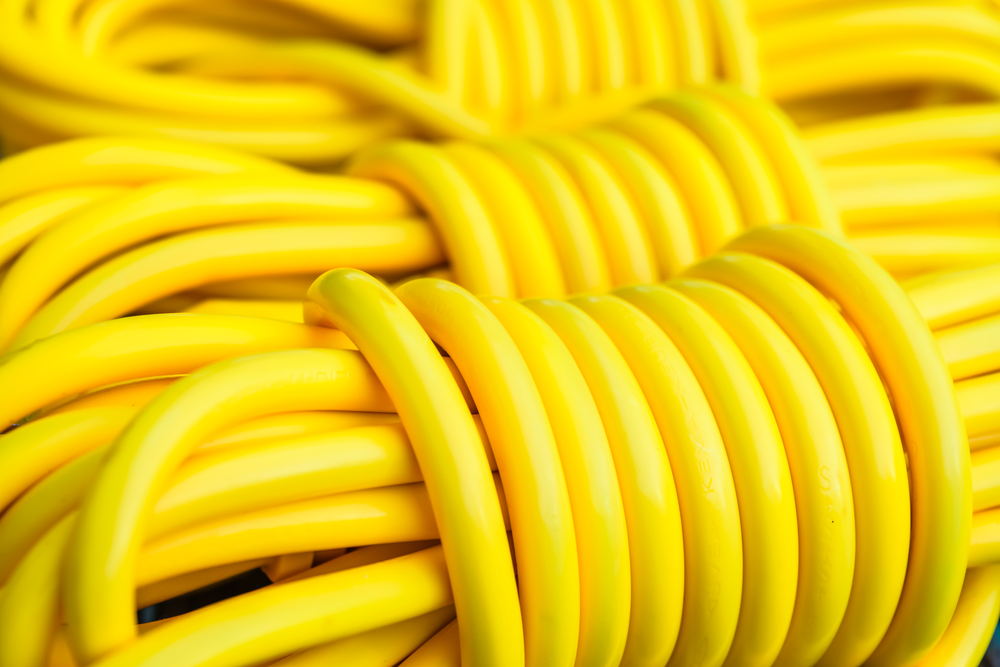Purchasing appliances is a big decision. It has been ten years since your last purchase, and significant efficiency, style, and feature developments have occurred.

Narrowing your options for OEM manufacturers requires a deep understanding of what to look for. Choosing the right supplier means selecting one that creates above-average products.
Safety
Unlike aftermarket replacement parts, OEM components are built for the intended purpose and subjected to rigorous testing. It includes durability tests that simulate a component’s lifespan, exposure to harsh environments, and chemical and environmental degradation.
Finding an OEM supplier with the experience and production capabilities that meet your business needs is essential. The OEM model is an excellent option for businesses with the R&D resources and market research necessary to ideate a product but need more manufacturing capacity to bring it to life. By partnering with an OEM, companies can reduce development time and capital expenditures while retaining design control.
Quality
Generally speaking, OEM products are of higher quality than aftermarket parts. OEM companies understand hardware use and can design products optimized for specific applications. OEMs can also offer better warranty coverage. Using an OEM can save businesses time and money by outsourcing the production of their product to a factory that specializes in that type of product. It allows them to focus on marketing, research and development, and other front-end business commitments.
Unlike ODM, the OEM model gives customers significant control over the product design process. They can stipulate extensive specifications regarding working technology, size, material, build, and more. In addition, they can stipulate testing, certifications, and QA features. This model is ideal for companies with the resources to ideate a product but need more manufacturing capacity to bring it to market. Moreover, it can give them the flexibility to keep their brand identity intact.
Warranty
OEMs manufacture parts and components that other companies use to produce finished products. These parts and components can range from automobile engines to computer processors. Typically, an OEM is an established specialist in their product of choice. They can make a component or product more quickly and efficiently than an in-house engineering team. OEMs often work with value-added resellers (VARs) to maximize their product potential. A VAR will purchase an OEM product and add features or customize the hardware to increase its value before reselling it to consumers. When sourcing equipment, look for a warranty that offers comprehensive coverage. Many online retailers offer warranties that protect their customers in case of a malfunction or other issues with the hardware. Depending on the product, you may also be able to take advantage of the OEM’s support services. They can help you troubleshoot problems and get the most out of your hardware.
Compatibility
Unlike other products that use generic parts, OEM appliances, and components are designed with the specific measurements and design schematics of their client’s equipment in mind. Because of this, they can provide an exact fit to keep appliances performing as intended.
The OEM model also gives businesses a degree of control, which can be crucial in industries where brand identity and uniqueness are critical. It is a significant advantage over ODM, where companies can only make minor changes like adding a logo and color schemes to a pre-existing product.
Another significant benefit of working with an OEM is their ability to deliver a quick time-to-market. As established specialists in their field, they don’t require the exact long production lead times that an in-house engineering team would. It translates into shorter development and delivery cycles for clients and customers alike.
Resources:
https://www.icmcontrols.com/oem-vs-aftermarket/








